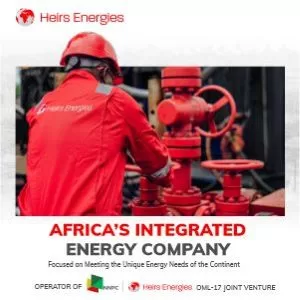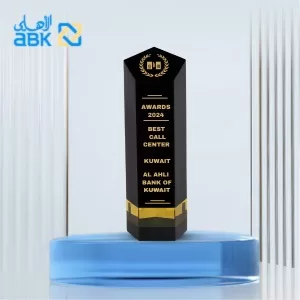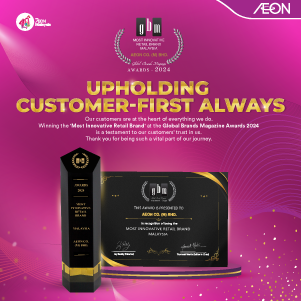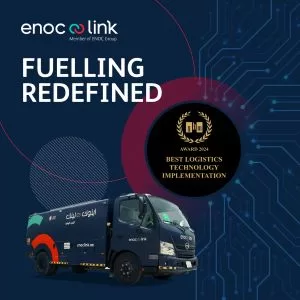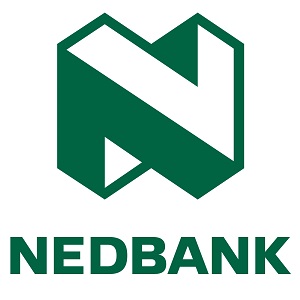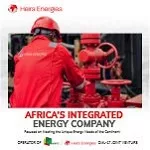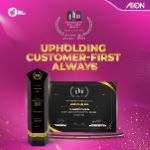Sports
NASCAR Enters the Electric Age: Speed, Power, and Change Ahead
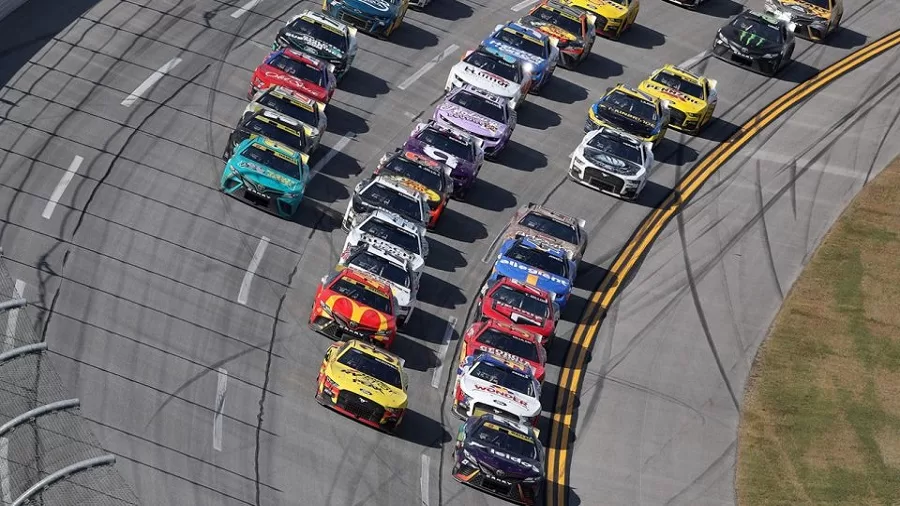
- NASCAR debuts its first fully electric racecar, delivering over 1,300 horsepower and aiming for net-zero emissions by 2035.
- Global motorsport sponsorships tied to electric racing are projected to cross £1.2 billion annually by 2027.
Seeing NASCAR Go Electric: A Surreal Moment
When you grow up in Britain, motorsport usually means Sunday afternoons watching Formula 1, maybe the odd glimpse of rallying, and the roaring legend of Le Mans.
NASCAR? That was something you caught in passing. Massive ovals, louder engines, and faster pit stops than most of us could process.
So when news broke that NASCAR had unveiled a fully electric racecar, you might understand my reaction: genuine surprise mixed with curiosity.
For a series rooted so deeply in petrol-fuelled Americana, seeing an EV with NASCAR branding feels a bit like walking into your local chippy and seeing avocado toast on the menu.
But here we are — and it might just be one of the smartest moves in motorsport right now.
The Car: A New Breed for NASCAR
The prototype, developed with Chevrolet, Ford, Toyota, and ABB, looks every inch the aggressive race machine.
It’s not just a token electric project either.
- A 78-kWh liquid-cooled battery powers three electric motors.
- The setup produces over 1,300 horsepower.
- All-wheel drive is standard.
- It uses a body made from a flax-based composite, reducing reliance on traditional carbon fibre.
On paper, the car accelerates faster than current petrol-powered NASCAR entries.
On track, it’s slightly slower around the ovals due to the weight of the battery system, but the torque delivery and instant power change the nature of how it drives completely.
Why NASCAR Is Going Electric Now
NASCAR’s move toward electrification is not about abandoning tradition.
It’s about facing a few uncomfortable facts:
- Younger audiences are less attracted to petrol-based motorsport than previous generations.
- Global regulators are pushing hard for zero-emission transportation models.
- Brand sponsors increasingly prioritise sustainability commitments.
NASCAR has set a public target to achieve net-zero emissions by 2035 across all operations.
Launching an electric car prototype now sends the right signals to manufacturers, fans, and future commercial partners.
The Bigger Picture for Motorsports
If you think NASCAR is late to this conversation, you’re half right.
Formula E, the all-electric racing series, has been growing steadily since its 2014 launch.
Extreme E — off-road electric SUV racing in remote environments — has drawn impressive names like Lewis Hamilton and Jenson Button into team ownership.
Sponsorship dollars are following the trend:
- Global spending on electric motorsport sponsorships is projected to top £1.2 billion by 2027.
- Brands such as ABB, Julius Baer, and Heineken are investing heavily in electric-based racing formats.
NASCAR’s new EV project positions them to tap into a growing market without alienating their traditional fan base too abruptly.
A Different Soundtrack for Racing
When I first watched a Formula E race live in London, the thing that struck me most wasn’t the speed.
It was the sound.
Gone were the deafening roars. In their place: a high-pitched futuristic whine, like an angry drone on steroids.
Expect something similar if you ever catch NASCAR’s electric prototype in action.
Some fans will miss the growl of petrol engines. But others, especially younger viewers used to gaming and futuristic tech, may find it thrilling in a different way.
A Strategic Step, Not a Wholesale Change
NASCAR has made it clear: the electric racecar is not replacing the traditional Cup Series anytime soon.
Instead, they view it as a technology exploration platform.
That’s a smart move.
Rather than risk alienating a loyal fan base, they are creating space for new technology to evolve alongside existing formats.
There is talk of NASCAR developing a dedicated electric racing series parallel to the main Cup events — a structure similar to how Formula E sits next to Formula 1 rather than replacing it.
What This Means for Brands and Sponsors
Electric racing is an advertiser’s dream.
Brands looking to showcase sustainability — whether they sell energy drinks, solar panels, or luxury watches — want to be seen supporting electric sports.
Already, ABB has joined NASCAR as a major partner on the EV project.
Expect more brands to line up, especially as governments in the US, UK, and EU ramp up public support for electric mobility.
For brands, it’s a neat marketing package:
- Cutting-edge technology
- Carbon-conscious branding
- Reaching younger, tech-savvy audiences
If you’re a sponsor trying to future-proof your image, electric motorsport offers an attractive platform.
Fans Might Warm Up Faster Than You Think
Scepticism is natural. NASCAR’s audience has always been fiercely loyal to tradition.
But surveys tell an interesting story:
- 48% of Gen Z sports fans say they are “very interested” in electric motorsport events.
- Over 60% of motorsport fans globally believe electrification is important for the sport’s long-term survival.
(Source: Nielsen Sports Global Fan Survey 2024)
Younger fans, who grew up with climate change headlines and electric vehicles on the road, are far more comfortable embracing the idea of EV racing.
The key will be making it fast, competitive, and authentic — three pillars that matter no matter what fuels the cars.
Where NASCAR Could Take This
Expect several next steps:
- Demo races alongside Cup Series events to showcase the electric prototype in action.
- Development of a standalone EV racing league, likely with a mix of traditional ovals and street circuits.
- Collaboration with major automakers to refine electric race technology and marketing strategies.
There are already whispers that a formal Electric NASCAR series could be announced sooner than you think.
Final Lap: A New Era, Carefully Approached
For NASCAR, this is less about reinventing itself overnight and more about securing its place in a changing world.
As a British reporter who grew up on Formula 1 but appreciates good old-fashioned competition, I see this move for what it is: cautious, smart, and surprisingly well-timed.
It won’t be everyone’s favourite change at first. Some nostalgia will be lost.
But electric racing is not just coming. It’s already here — and it might just be more thrilling than you expect.
Next time you hear a high-pitched whirr coming off Turn 4, don’t look away.
It could be the sound of the future — racing right past you.












